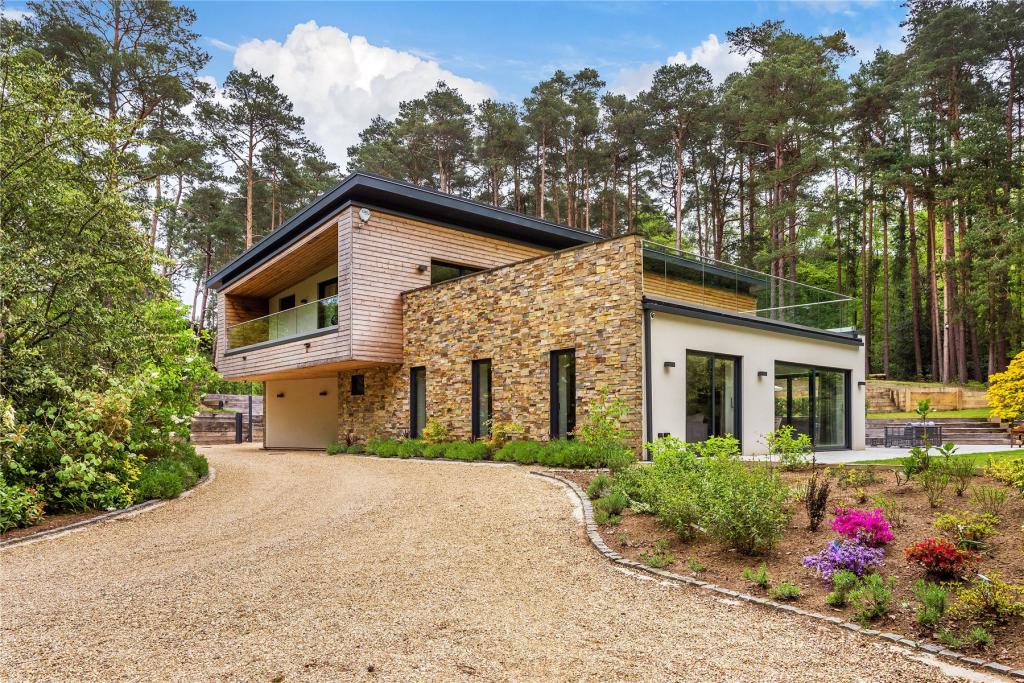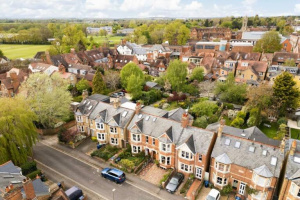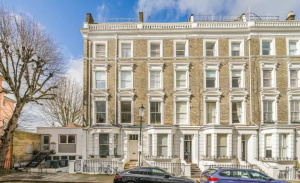The £5,000 Green Homes Grant has been extended
The government has announced that the Green Homes Grant scheme will be extended by a year, to the end of March 2022.
£2 billion has been allocated to the scheme – launched in September – to help homeowners cover the costs of making their homes more energy-efficient.
Originally it was set to last until the end of March 2021, but it may be that the government miscalculated the time it takes to get the work done – especially at a time when the qualified workforce is in high demand and, in many cases, are only available for jobs booked with months in advance.
The extension means that the scheme will continue until 31 March 2022, so if you’re looking to make your home more eco-friendly after March next year, you may be able to apply for the government-funded grant.
Homeowners in England will be able to claim up to £5,000 – or in some cases up to £10,000 – in energy-saving vouchers in a bid to insulate and heat their properties more sustainably.
There are conditions attached to accessing the scheme, so we’ve put together a quick guide to help you understand whether you might be eligible.
What is the Green Homes Grant for?
The government’s plan is to give some homeowners in England money to spend on eco-friendly home improvements.
The aim of the scheme is to promote energy efficiency, and these vouchers should cover most, and in some instances, all of the cost.
How much will the vouchers be worth?
Rishi Sunak said that the vouchers will cover at least two thirds of the cost, up to £5,000 per household.
So, for example, if you’re installing cavity wall and floor insulation costing £4,000, you would only pay about £1,320, with the government making up the remaining £2,680.
But for low income households in receipt of certain benefits, the government will go even further by covering the full costs of an installation, up to £10,000.
The government said the vouchers could potentially save homeowners £600 a year on energy bills.
What can the money be spent on?
You’ll be able to spend the vouchers on a number of different energy-saving features, but you’ll have to first demonstrate that you will be installing at least one of what the scheme calls primary measures.
Basically, primary measures fall under the categories of insultation or low-carbon heating. These include:
Insulation
- solid wall
- under floor
- cavity wall
- loft
- flat roof
- room in roof
Low-carbon heating
- air source heat pump
- ground source heat pump
- solar thermal (liquid filled flat plate or evacuated tube collectors)
- biomass boilers
To have low-carbon heating installed, you’ll need to make sure your house is properly insulated with either cavity or solid wall insulation, and loft insulation, if applicable. If you don’t, you could have these installed as part of the package.
One important thing to keep in mind is that you can’t use the grant to pay for the replacement of existing insulation or low-carbon heating. It can only be used for the installation of new measures where there weren’t any previously.
However, you can use it to ‘top-up’ existing insulation to the recommended level, if the current set-up is insufficient.
The voucher also cannot be used for installing a new fossil fuel boiler (such as gas, oil, or LPG), or for insulating a conservatory that doesn’t have fixed heating installed.
If you’re having one of the above primary measures installed, you could also qualify for a voucher of the same value toward one or more of the secondary measures, which include:
- draught proofing
- double/triple glazing (only if replacing single glazed windows)
- secondary glazing (in addition to single glazing)
- external energy efficient doors (replacing single glazed or solid doors installed before 2002)
- heating controls
- hot water tank thermostats and insulation
The total value of the secondary measure cannot exceed the value of the primary measure.
Who is eligible for the grant?
The scheme is open to all homeowners in England, including private and social landlords.
Landlords do not qualify to receive the low-income portion of the grant, so are limited to a voucher of up to £5,000.
New builds that haven’t yet been occupied are not eligible for any part of the grant.
Northern Ireland, Scotland and Wales are not participating in the scheme, so only properties in England are eligible.
Who can carry out the work?
Anyone hired for the work should be TrustMark approved or registered with the Microgeneration Certification Scheme (MCS).
There will be a list of recommended and accredited suppliers on the Simple Energy Advice website when applying.
You’ll also need to get at least three quotes from different suppliers in order to ensure you’re getting the best value for money.
How do I apply?
You can apply via the Simple Energy Advice website, where you’ll find out what energy-efficiency improvements can be made to your home.
You’ll also find out how much you’re entitled to, and who the participating suppliers in your area are.



